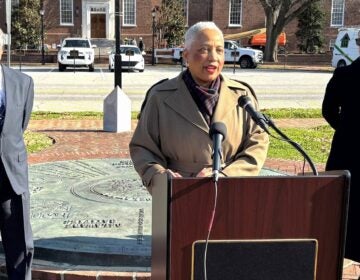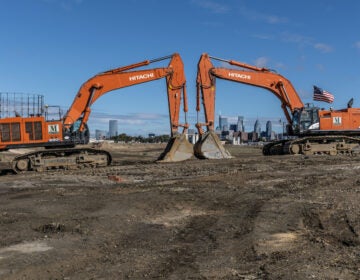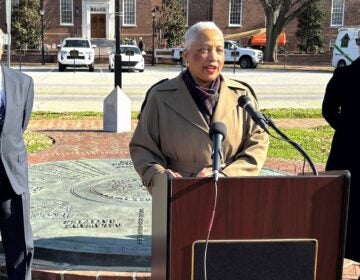Bush grants over $1.5 billion to transit in final days of administration
While most of the country was counting down the days before Barack Obama was inaugurated president, then-president George W. Bush was finishing some very atypical business — approving billions of federal dollars for transit construction projects around the country. Whether a Bush supporter or opponent, the results will likely surprise you.
January 9 — Federal Transit Administration gives $428.3 million grant to the Utah Transit Authority so that residents in the growing cities of Murray, Midvale, West Jordan and South Jordan will soon have more options for traveling to and from downtown Salt Lake City.
The 10.6-mile Mid-Jordan Light Rail Transit line will open by December 2011 and is expected to carry 9,500 daily passengers. It will provide a direct connection to the Salt Lake City central business district, the University of Utah and other Wasatch destinations.
January 16 — $308.6 million FTA grant to the Denver Regional Transportation District for the West Corridor Light Rail Project. As the first component of the plan, the 12.1 mile West Corridor segment will connect urban center redevelopments downtown in the Central Platte Valley and Union Station. When complete in mid-2013, the West Corridor Light Rail Project will include 12 new stations, six with park-and-ride facilities. By the year 2030, the light rail system is expected to carry approximately 30,000 daily riders.
January 19 — $813 million FTA grant to Puget Sound Transit for the 3.1-mile project University Link Extension (U-Link) to the Central Link light rail (LRT), which will open by April 2017. By the year 2030, the line is expected to carry 40,200 daily riders. The total project cost is $1.9 billion. When complete, the U-Link will be located entirely underground with tunnels from the Pine Street Stub Tunnel, under the I-5 freeway to an underground station at Capitol Hill, continuing north beneath SR 520 and the Lake Washington Ship Canal to an underground station on the University of Washington campus, near Husky Stadium. The line will provide access to 30,000 UW students and 29,000 faculty and staff, ease congestion along Seattle’s most heavily-traveled north-south corridors and provide better access to the area’s largest urban centers — downtown Seattle, Capitol Hill and the University of Washington District
For more information on these projects, check out the Federal Transit Administration website.
WHYY is your source for fact-based, in-depth journalism and information. As a nonprofit organization, we rely on financial support from readers like you. Please give today.






